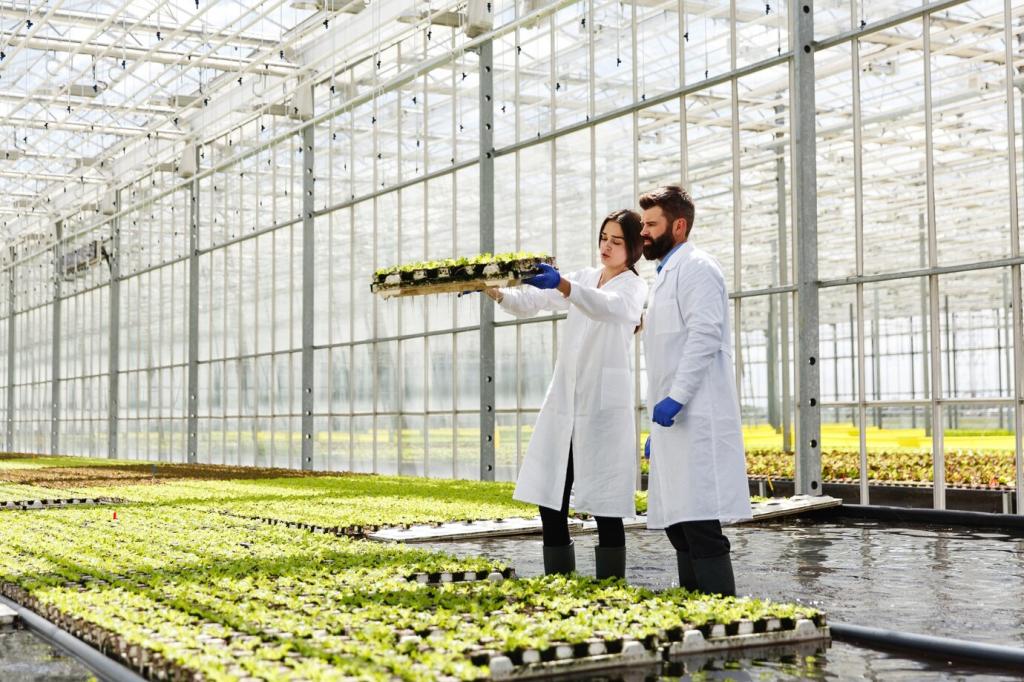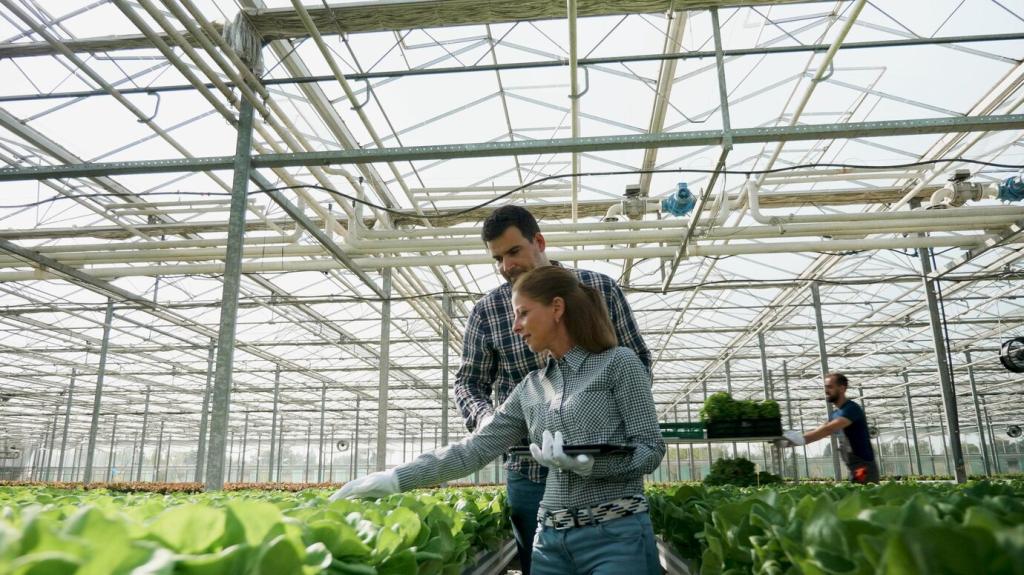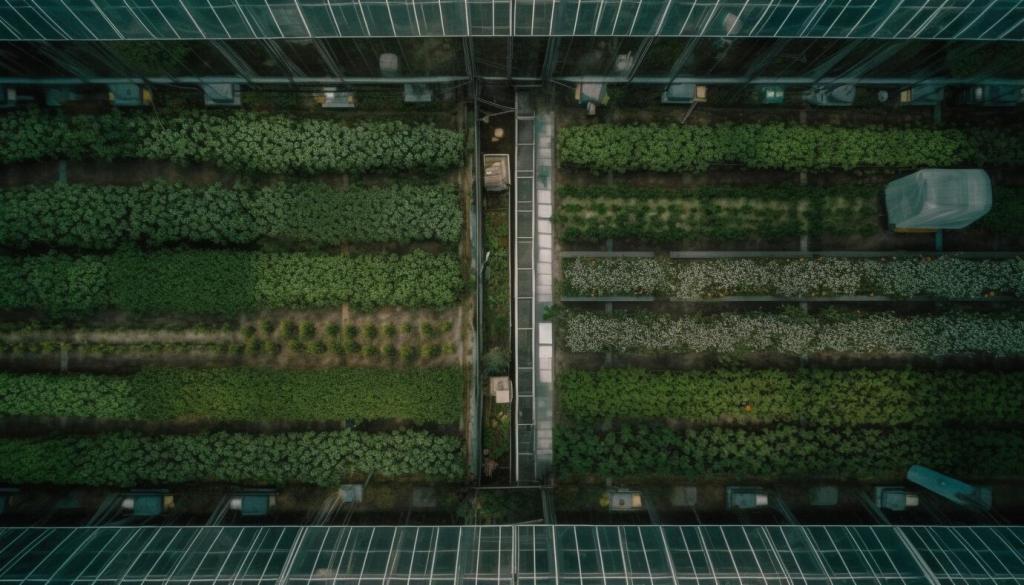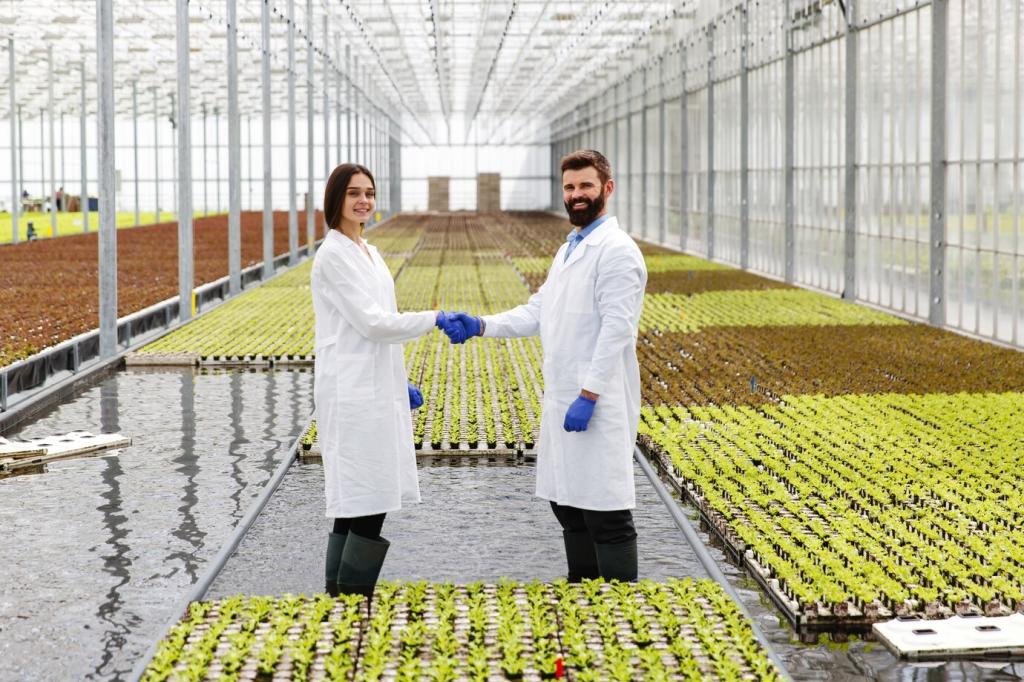This website uses cookies so that we can provide you with the best user experience possible. Cookie information is stored in your browser and performs functions such as recognising you when you return to our website and helping our team to understand which sections of the website you find most interesting and useful.
Urban Gardening Practices: Past to Present
Urban gardening has deep roots that intertwine with the growth of cities and the necessities of urban dwellers throughout history. From the earliest days when green spaces first appeared in city landscapes to modern movements centered on sustainability and community, urban gardening practices have evolved dramatically. This transformation reflects changes in social attitudes, technology, and environmental awareness. The journey through time reveals not just how people have cultivated their urban environments, but also how gardening has influenced city life, fostered community bonds, and contributed to food security. Exploring this evolution offers rich insights into the relationship between people and the spaces they inhabit, highlighting how these practices continue to shape our cities today.

Ancient Roots of Urban Gardening

Community Gardens Emergence
Victory Gardens of the World Wars
Allotment Gardens in European Cities
Urban Gardening Movements in North America

Technological Innovation in Urban Gardening
Hydroponics and Soilless Systems
Vertical Gardening and Living Walls
Smart Gardening and Urban Sensors



Socioeconomic and Cultural Influence

Policy, Planning, and Green Infrastructure


